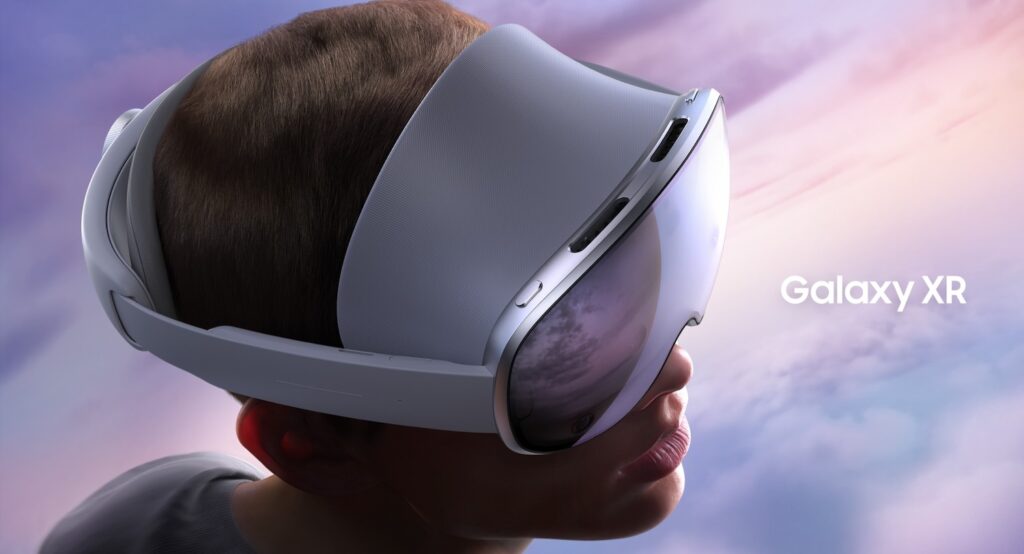
Samsung has officially launched the Galaxy XR, a cutting-edge virtual reality headset built on the innovative Android XR platform. This high-end device promises to deliver immersive multi-modal AI experiences, redefining both daily tasks and entertainment. Currently, the Galaxy XR is available in the United States and South Korea, with a price tag of $1,799 USD.
The introduction of the Galaxy XR invites inevitable comparisons to Apple’s Vision Pro, which is priced significantly higher at $3,499 USD. Samsung’s move into the XR space represents a strategic expansion of its mobile ecosystem, as highlighted by Won-Joon Choi, Chief Operating Officer of Mobile eXperience (MX) Business at Samsung Electronics. “With Galaxy XR, Samsung is introducing a brand-new ecosystem of mobile devices,” Choi stated. “Built on Android XR, Galaxy XR expands the vision for mobile AI into a new frontier of immersive and meaningful possibilities, allowing XR to move from concept to everyday reality, for both the industry and users.”
Partnerships and Technological Innovations
Samsung’s collaboration with Google and Qualcomm underscores the significance of AI in the Galaxy XR’s development. Sameer Samat, President of Android Ecosystem at Google, expressed enthusiasm about the launch. “Android XR is the first Android platform built entirely for the Gemini era, and we are incredibly excited to take a significant leap forward today with the launch of Galaxy XR,” he said. “Through our partnership with Samsung, Android XR will unlock entirely new ways to explore, connect and create, building an open, unified platform for the next evolution of computing.”
The Galaxy XR is the first headset to utilize the new Android XR platform, integrating Gemini at the system level for intuitive interactions using voice, vision, and gestures. This allows the headset to recognize and respond to its surroundings naturally and conversationally. The open and scalable nature of Android XR ensures its adaptability across various platforms and form factors, including AI glasses.
Design and User Experience
On the design front, the Galaxy XR has been engineered for comfort and extended wearability. Its lightweight yet robust construction features an ergonomically balanced frame, distributing weight across the user’s head. Similar to Apple’s Vision Pro, the Galaxy XR’s battery pack is separate from the headset, enhancing comfort by reducing weight.
The device offers a new dimension of experiences, elevating apps like Google Maps, YouTube, and Google Photos. Advanced sensors and cameras track head, hand, and eye movements, eliminating the need for physical controllers. Inside, two 4K micro OLED screens provide a personal theater experience, while the Snapdragon XR2+ Gen 2 processor and Qualcomm Hexagon NPU Plus deliver powerful AI capabilities. The Galaxy XR includes 16GB RAM and 256GB storage, with a battery life of up to 2.5 hours.
Enterprise Applications and Future Prospects
Samsung envisions the Galaxy XR as more than just a consumer device, aiming to address enterprise needs such as virtual training. The company’s broader XR roadmap includes AI eyeglasses, developed in collaboration with Google. Samsung is working with lifestyle brand Warby Parker to create functional and aesthetically pleasing eyewear, and partnering with Gentle Monster to merge fashion-forward designs with advanced AI technology.
While the Galaxy XR is not yet available in Australia, Samsung has yet to announce a release date or pricing for this market. The launch of the Galaxy XR marks a significant milestone in Samsung’s ongoing efforts to push the boundaries of mobile technology and redefine the user experience in the XR space.







